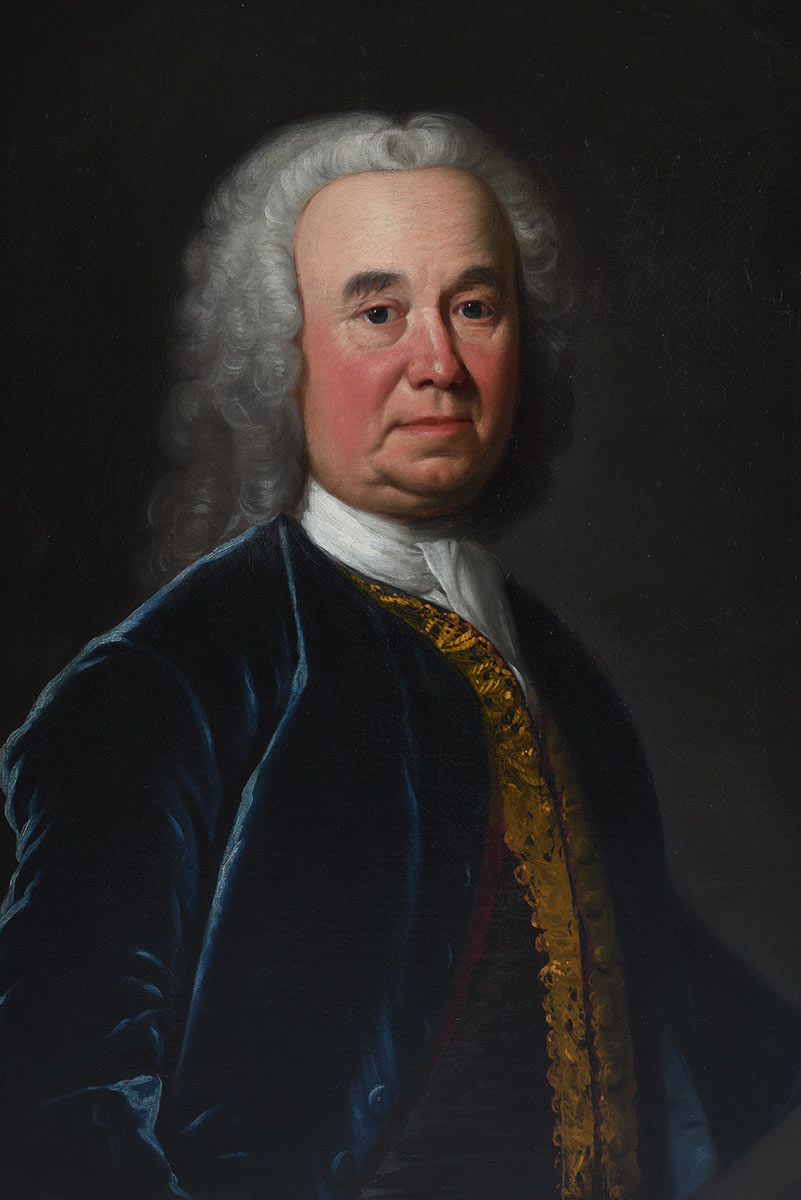

Why would Grünewald paint such a gruesome image of Christ?.The Musée Unterlinden has a wonderful virtual “tour” of the altarpiece that demonstrates how each panel opens.Īsk students to explore the symptoms and treatments of ergot and the plague and the ways both are transliterated onto the panels. Augustine and Jerome-became increasingly important during the Reformation and Counter-Reformation, because the doctrines they established served to reaffirm the stance of the Roman Catholic Church against the charges of Protestant reformers. Further, Haguenau’s sculpted figures flanking St. Anthony in Isenheim, who would have been exposed to the various images of the altarpiece throughout the liturgical year. The grotesque appearance of Christ and the idea of dismemberment appealed to the invalids convalescing at the abbey Hospital of St. The paintings by Grünewald reveal a great deal about the socio-religious climate and its impact on personal devotion across the region at the dawn of the sixteenth century. The altarpiece was completed over ten to twenty years, beginning with the sculpted portion by Haguenau in the early sixteenth century. To engage students at the beginning of your class, take a close, analytical look at the Isenheim Altarpiece by Nikolaus Haguenau and Matthais Grünewald. Within the art world itself, refinement in the use of oil paints and the re-emergence of Classical motifs further energized artists and patrons.ĭuring the sixteenth century, political, social, and religious turmoil often manifested itself in works of art. The sixteenth century in Northern Europe and Iberia saw serious religious upheavals and great economic shifts.


 0 kommentar(er)
0 kommentar(er)
